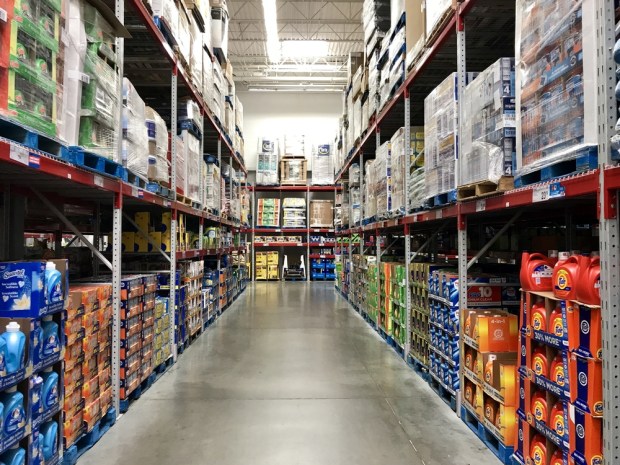Why Moms Are The Secret To Sam’s Club’s Success In China

While many foreign firms complain that China is a hard market in which to do business, Walmart-operated Sam’s Club has managed to make some major inroads.
The bulk buy retailer has struggled head-to-head in its home country against Costco, but in China, it’s a very different story. Three of the top-performing Sam’s Clubs on Earth are located there, as the brand attracts a certain type of shopper with extreme regularity.
Choosy moms.
Sam’s Club in China is a hub for important goods and high-quality food products — not a hub for bulk-purchasing or discount-seeking. And it helps that there is no Costco.
“The quality here is guaranteed,” 47-year-old Yu Yufang told The Wall Street Journal as she shopped at the No. 1 Shenzhen store. “A lot of Chinese products, I feel, aren’t trustworthy.”
Zhou Rong, an affluent 39-year-old mother noted that Sam’s carries imported products Chinese stores don’t stock.
Sam’s now has nearly 2 million members in China, about half of whom have joined in the last five years, as the brand has added more locations and pitched more directly to well-off mothers.
“That target core member is a mom around 35 to 40 years old,” said Andrew Miles, president of Sam’s Club China. “She wants better quality products. She’s concerned about food safety and quality. She’s willing to pay for premium products, but she wants value.”
But the retailer has challenges ahead. Its main U.S. rival Costco is eyeing a mainland China expansion after operating in Taiwan for almost 20 years.
“We continue to explore the market” in China, Costco Chief Financial Officer Richard Galanti said.
Alibaba is adding more imported goods to its online marketplaces and also making bets on brick-and-mortar retail.
But Sam’s Club likes its current standing in China and aims to keep it by putting its “foot on the gas” and doubling its physical locations to 40 by 2020. The company is also selling products through Alibaba rival JD.com.
